Since 2004, when the Road to Victory Capital Campaign first launched, the Museum has seen exponential growth across its seven-acre campus, which now houses seven soaring pavilions telling a more complete story of America’s role in World War II.
See our progress:

Solomon Victory Theater
2009: The Museum celebrated the grand opening of the Solomon Victory Theater complex, which houses Beyond All Boundaries, the 4D cinematic experience narrated by Tom Hanks; BB's Stage Door Canteen, which features live performances of WWII-era music and dance; and The American Sector Restaurant & Bar.

John E. Kushner Restoration Pavilion
2011: John E. Kushner Restoration Pavilion first opens, adding approximately 14,000 square feet to the Museum campus. The pavilion offers up-close looks at WWII macro-artifacts like the Museum’s patrol torpedo boat, PT-305, and houses the STEM Innovation Gallery, an educational space that gives visitors the opportunity to engage in tactile learning and exploration. Following major renovations, the pavilion reopened in 2024 with future plans to open a dedicated facility for the preservation of the Museum’s priceless collection of WWII macro-artifacts.

US Freedom Pavilion: The Boeing Center
2013: The spectacular US Freedom Pavilion: The Boeing Center celebrates the extraordinary spirit of teamwork, sacrifice, and ingenuity demonstrated by Americans in battle and on the Home Front, as well as America’s legendary production of airplanes, artillery, tanks, and other equipment that helped achieve victory. The pavilion’s George H.W. Bush Aviation Gallery, one of the Museum’s most dramatic and awe-inspiring displays, features six fully restored iconic WWII warbirds soaring overhead.

Campaigns of Courage: European and Pacific Theaters
2014-15: The Museum’s fifth pavilion, Campaigns of Courage, featuring the immersive Duchossois Family Road to Berlin: European Theater Galleries and Richard C. Adkerson & Freeport-McMoRan Foundation Road to Tokyo: Pacific Theater Galleries, opens to tell the combat narratives of how the Allies won the war.

Ralph E. Crump, LTJG, USNR US Merchant Marine Gallery
2015: The Ralph E. Crump, LTJG, USNR, US Merchant Marine Gallery, situated at the end of the American Spirit Bridge on the second floor of the Solomon Victory Theater complex, honors the civilian merchant mariners who risked their lives transporting weapons, men, and matériel to US troops overseas.

The Arsenal of Democracy
2017: The Arsenal of Democracy: The Herman and George R. Brown Salute to the Home Front opens in Louisiana Memorial Pavilion, telling the story of the road to war, the Home Front, and WWII-era American life.

Founders Plaza
2017: The Museum dedicates Founders Plaza, an impressive entryway to the Museum campus and a pleasant setting for rest and reflection as part of the visitor experience, and the 80-foot-tall Governor Pete Wilson Liberty Flagstaff that lifts a large, illuminated American flag to a position of prominence. The Horatio Alger American Spirit Bridge is also unveiled, connecting Louisiana Memorial Pavilion and the Solomon Victory Theater.

Hall of Democracy
2019: The Hall of Democracy, a state-of-the-art research and education complex home to the Jenny Craig Institute for the Study of War and Democracy, opens to help broaden the Museum’s educational mission.

The Higgins Hotel & Conference Center
2019: The official Hotel of The National WWII Museum, this stunning art-deco style property provides a sophisticated lodging experience for guests with first-class accommodations, meeting spaces, and dining options.

Bollinger Canopy of Peace
2021: The Museum completes the Bollinger Canopy of Peace, a soaring centerpiece unifying the Museum’s architecturally distinct campus.

Liberation Pavilion
2023: Liberation Pavilion serves as the Museum’s capstone exhibit hall by exploring the end of World War II, the Holocaust, the immediate postwar years, and the war’s continuing impact today. The Museum also dedicates the Col. Battle Barksdale Parade Ground, the impressive 24,000-square-foot outdoor gathering space at the heart of campus; the Judith W. and Louis M. Freeman Liberation Terrace; and the Ann and John E. Koerner III Liberty Bridge.




